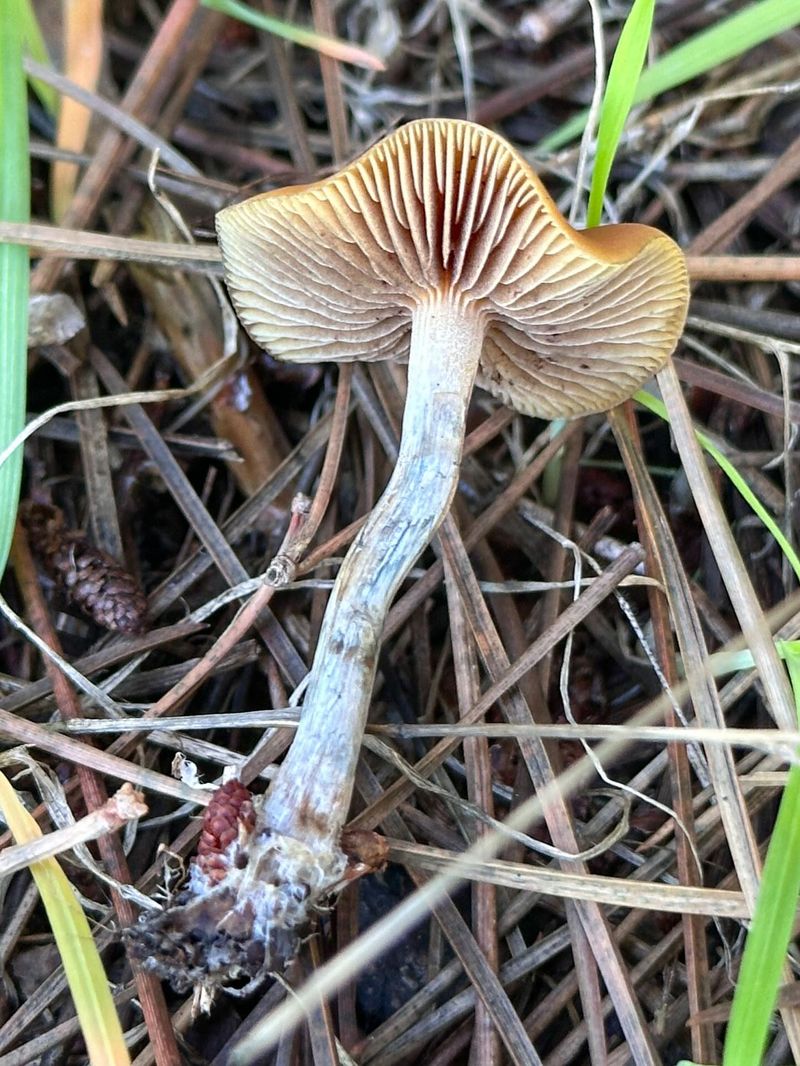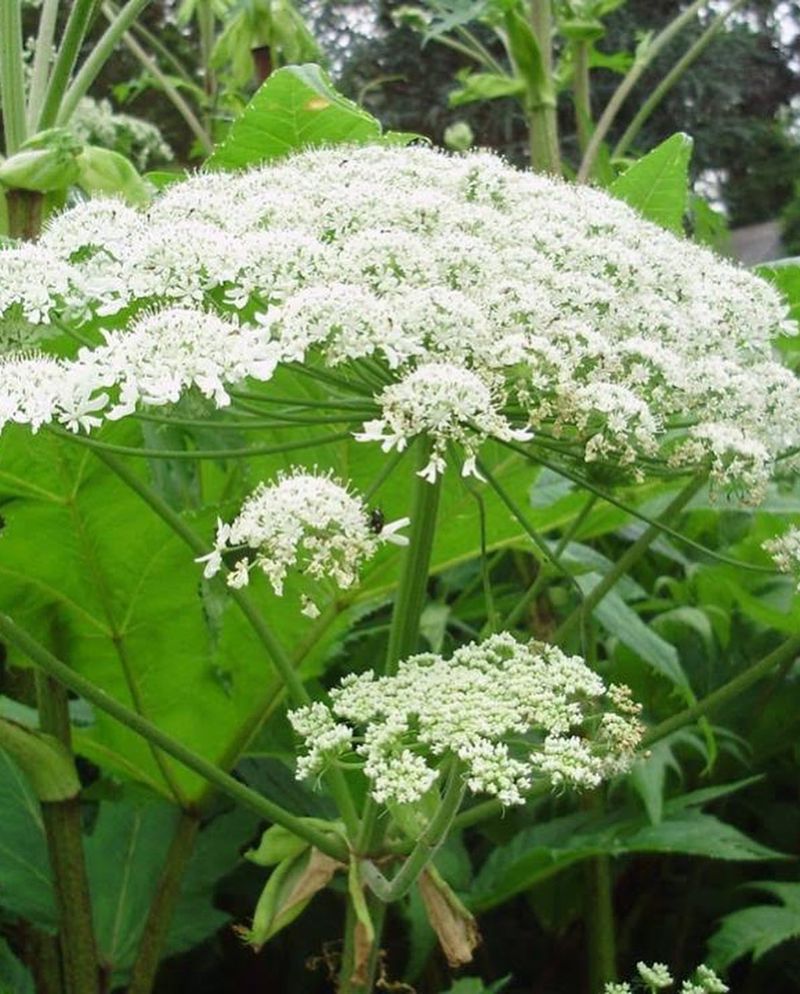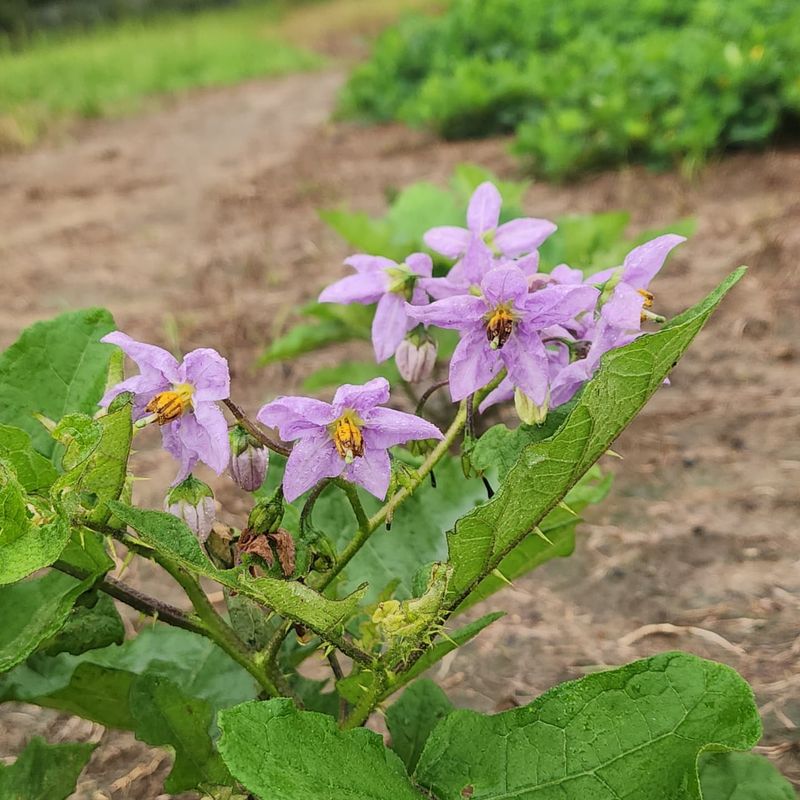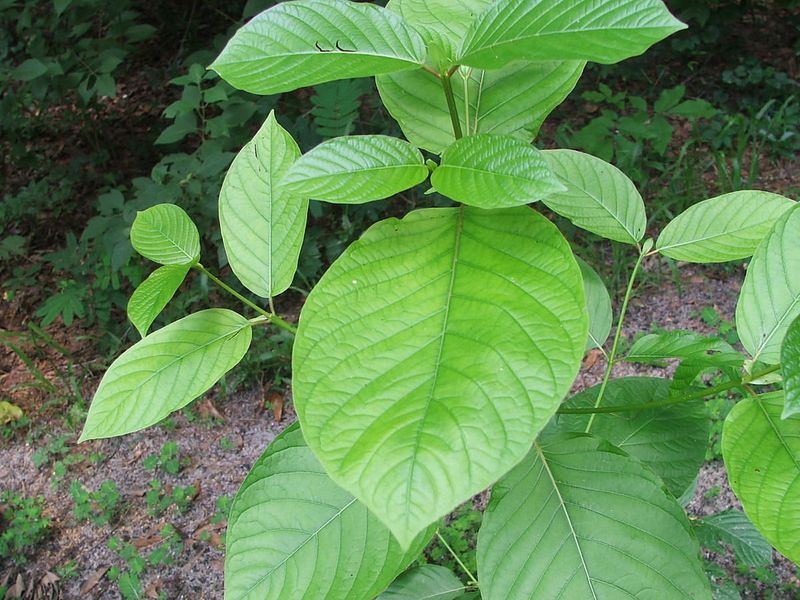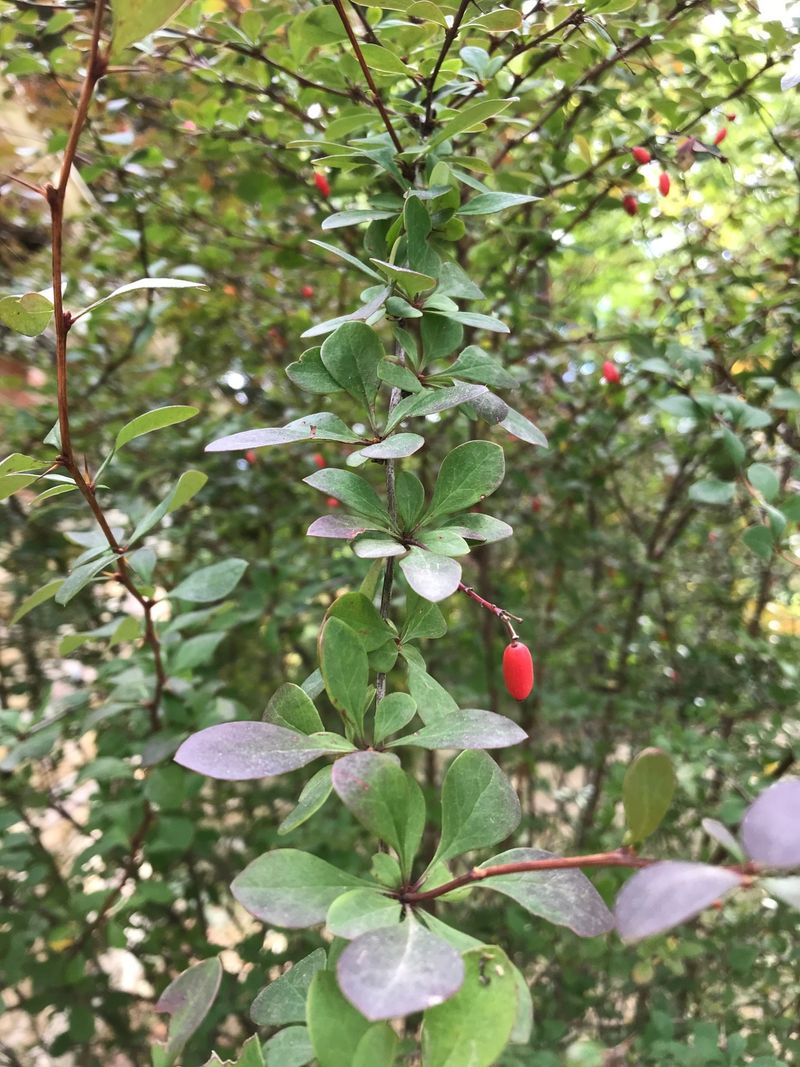You might be surprised at some of the backyard crops that are actually illegal in Pennsylvania. I certainly was when I first started gardening and didn’t realize the rules.
Knowing which plants are off-limits can save you from fines and frustration. It’s fascinating—and a little wild—what’s allowed and what isn’t in local gardens.
I’ll walk you through the crops that you might not expect to be illegal and what to watch out for.
1. Opium Poppies
These beautiful flowers hide a dangerous secret. While poppy varieties for decoration are permitted, growing Papaver somniferum specifically for opium production is strictly forbidden in Pennsylvania’s gardens.
Many Pennsylvania gardeners don’t realize their innocent-looking ornamental poppies might actually be the controlled variety. The line between legal decorative poppies and illegal opium producers is surprisingly thin.
2. Psilocybin Mushrooms
These aren’t your ordinary kitchen mushrooms! Growing these psychedelic fungi is classified as manufacturing a controlled substance under Pennsylvania law, carrying serious legal consequences.
The humid climate in parts of Pennsylvania actually creates ideal growing conditions for these hallucinogenic mushrooms. Their increasing popularity hasn’t swayed the state’s strict stance on home cultivation.
3. Giant Hogweed
This towering plant isn’t just illegal—it’s dangerous! Contact causes severe burns and blisters. Pennsylvania’s Department of Agriculture actively works to eradicate this invasive species whenever reported.
Reaching heights of 15 feet, this monster plant has been spotted in Pennsylvania’s northern counties. Its sap contains chemicals that make skin extremely sensitive to sunlight, causing painful, scarring burns.
4. Jimsonweed
Also known as Devil’s Snare, this poisonous plant is controlled in Pennsylvania due to its hallucinogenic properties and extreme toxicity. Its trumpet-shaped flowers make it deceptively attractive to gardeners.
In rural Pennsylvania communities, this plant occasionally appears uninvited. Every part contains dangerous alkaloids that can cause delirium, severe illness, and even death when ingested.
5. Khat
This East African stimulant plant contains cathinone, a Schedule I controlled substance. Pennsylvania law strictly prohibits cultivation, despite its cultural significance in some communities.
The mild climate of southeastern Pennsylvania could support khat growth, which explains the state’s vigilance. Users chew the leaves for an effect similar to strong coffee, but with more serious legal ramifications.
6. Palmer Amaranth
This aggressive weed earned its illegal status by devastating Pennsylvania farm crops. Its rapid growth and herbicide resistance make it an agricultural nightmare that’s prohibited from intentional cultivation.
Pennsylvania farmers spend millions battling this invasive plant each year. A single plant produces up to 500,000 seeds, spreading rapidly through farms and gardens across the Keystone State.
7. Kratom
While legal in most states, growing this Southeast Asian tree falls into a gray area in Pennsylvania. Its leaves contain compounds with opioid-like effects, raising concerns among state health officials.
Pennsylvania has considered joining states that have banned kratom entirely. The plant’s status remains contentious, with advocates citing pain relief benefits while authorities worry about addiction potential and unregulated use.
8. Japanese Barberry
This ornamental shrub is banned from cultivation in parts of Pennsylvania due to its invasive nature. It creates perfect tick habitats and outcompetes native plants in the state’s forests and natural areas.
Pennsylvania conservation officers actively discourage this plant despite its attractive red berries and fall color. Research shows areas with Japanese barberry have significantly higher populations of ticks carrying Lyme disease.



